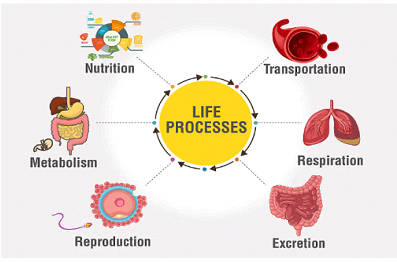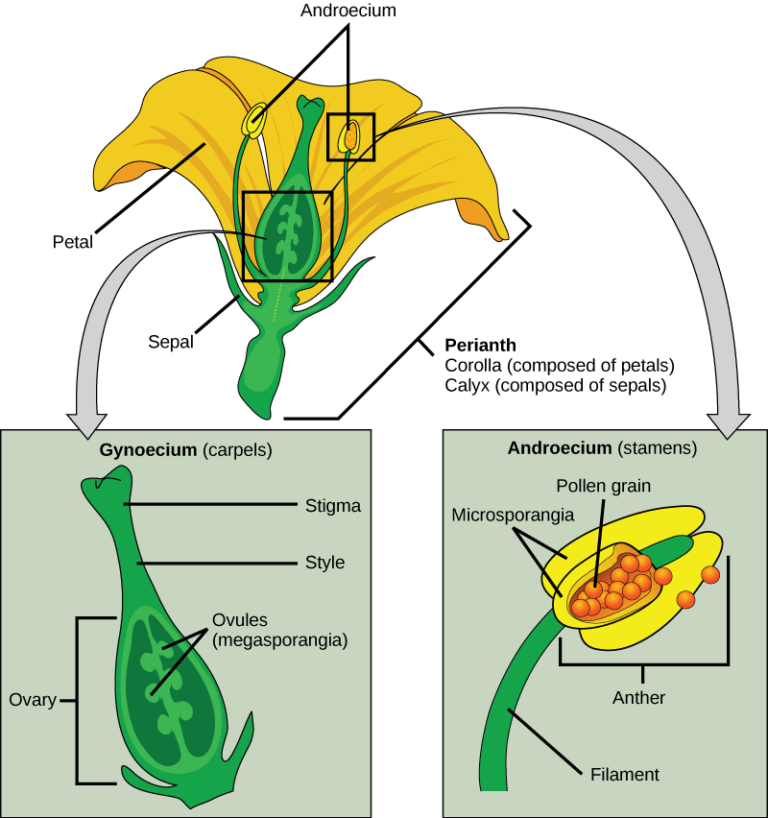The Human Eye and the Colourful World Class 10th Pdf Download
Introduction
Chapter 2 of the 10th-grade physics curriculum focuses on the human eye and various optical phenomena related to the colorful world we observe. This chapter provides insights into the structure and functioning of the human eye, the nature of light, and how it interacts with different mediums to create the visual experiences of color and various atmospheric phenomena.
The Human Eye
The human eye is a remarkable organ that functions much like a camera. Here are the key components and their functions:
- Cornea: The transparent, curved front layer of the eye that helps to focus incoming light.
- Iris: The colored part of the eye, which controls the size of the pupil and thus the amount of light entering the eye.
- Pupil: The black circular opening in the iris that regulates the amount of light that enters the eye.
- Lens: A flexible, transparent structure that further focuses light onto the retina.
- Retina: The light-sensitive layer at the back of the eye that converts light into electrical signals.
- Optic Nerve: Transmits visual information from the retina to the brain.
Functioning of the Eye
Light enters the eye through the cornea and passes through the aqueous humor, pupil, lens, and vitreous humor before finally reaching the retina. The lens adjusts its shape to focus light properly, ensuring that a clear image is formed on the retina. The retina contains photoreceptor cells (rods and cones) that detect light and color. Rods are sensitive to low light levels and help in night vision, while cones are sensitive to color and work best in bright light.
Defects of Vision and Their Correction
The eye can suffer from various vision defects, including:
- Myopia (Nearsightedness): Distant objects appear blurry. Corrected using concave lenses.
- Hypermetropia (Farsightedness): Nearby objects appear blurry. Corrected using convex lenses.
- Presbyopia: Age-related farsightedness. Corrected using bifocal or progressive lenses.
- Astigmatism: Blurred vision due to irregular curvature of the cornea or lens. Corrected using cylindrical lenses.
Refraction of Light
Refraction is the bending of light as it passes from one medium to another of different density. This phenomenon is responsible for various optical effects, including:
- Dispersion of Light: The splitting of white light into its constituent colors (spectrum) by a prism. Each color bends by a different amount due to varying wavelengths.
- Scattering of Light: The process by which small particles and molecules in the atmosphere deflect light in different directions. This explains why the sky appears blue and sunsets appear red.
Atmospheric Refraction
Atmospheric refraction refers to the bending of light rays as they pass through different layers of the Earth’s atmosphere. It leads to several interesting phenomena:
- Twinkling of Stars: Caused by the varying density of air in the Earth’s atmosphere, leading to the continuous changing of star positions.
- Advanced Sunrise and Delayed Sunset: The sun appears to rise earlier and set later than its actual time due to the bending of light rays by the Earth’s atmosphere.
Rainbow Formation
A rainbow is a natural spectrum of light appearing in the sky, caused by the dispersion, refraction, and reflection of sunlight by water droplets. When sunlight enters a water droplet, it is refracted, causing the light to split into its constituent colors. This light is then reflected inside the droplet and refracted again as it exits, forming a circular arc of colors.
Conclusion
Understanding the human eye and the optical phenomena of the colorful world enhances our appreciation of the intricate interplay between light and matter. This chapter not only explains how we perceive the world around us but also provides a foundation for further studies in optics and vision science.




